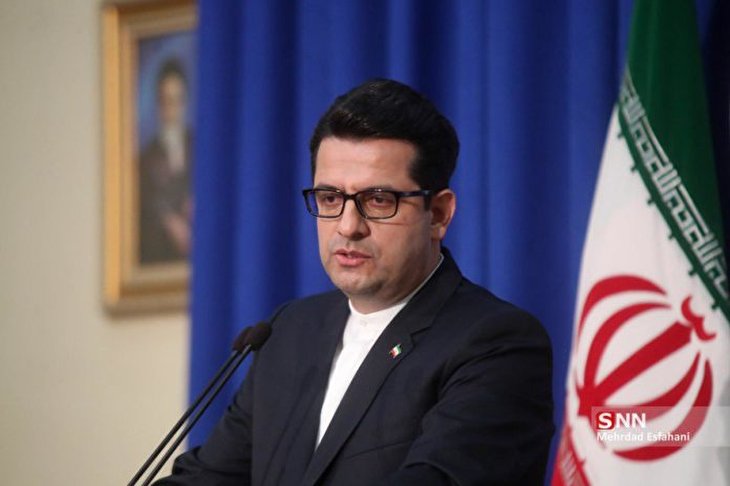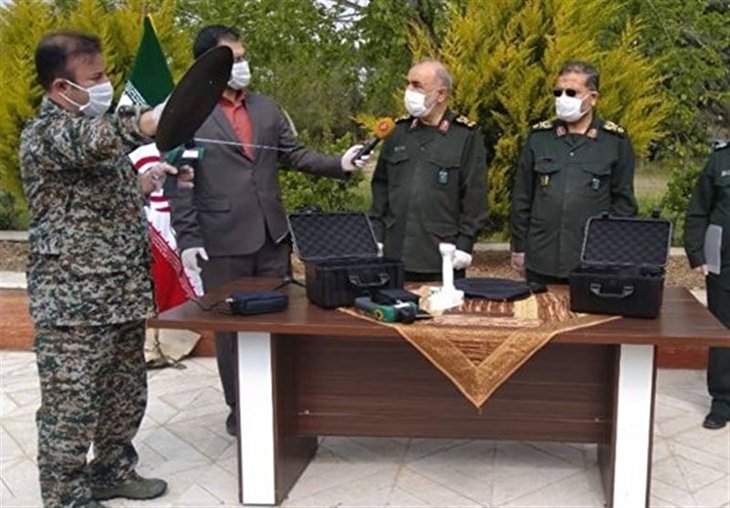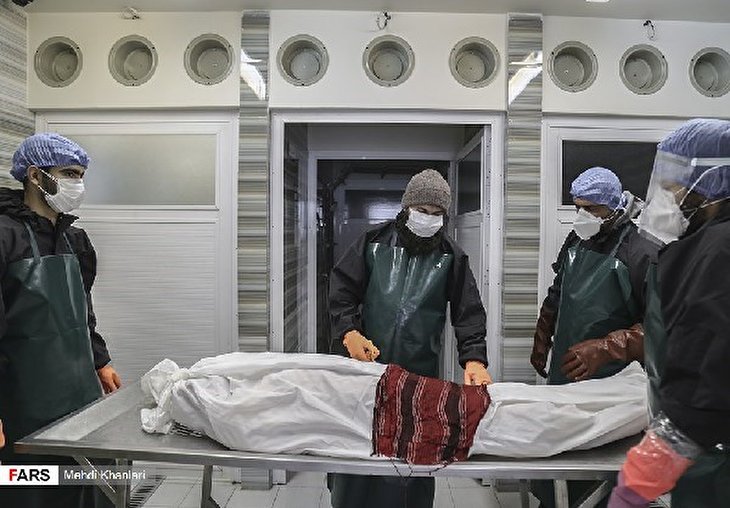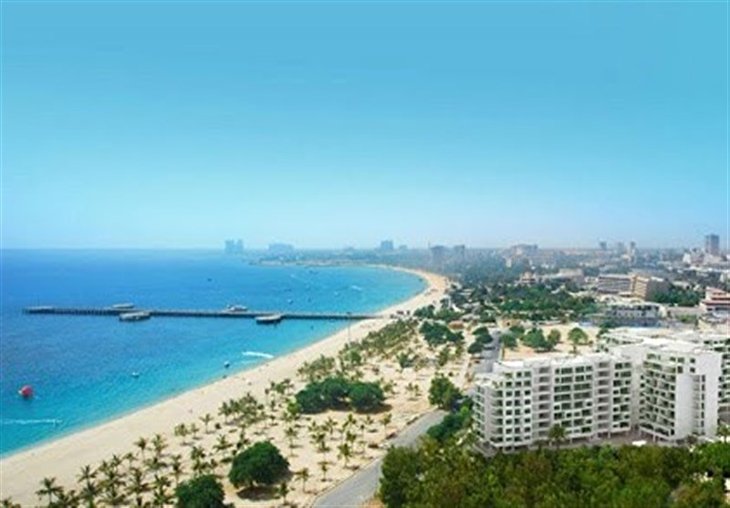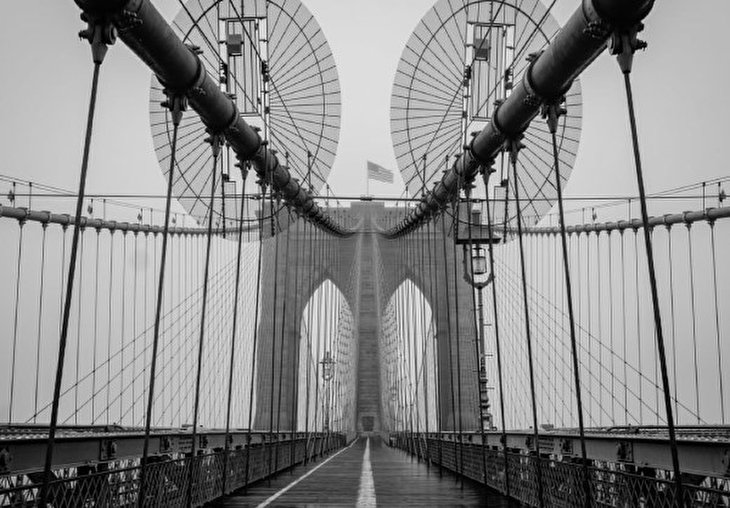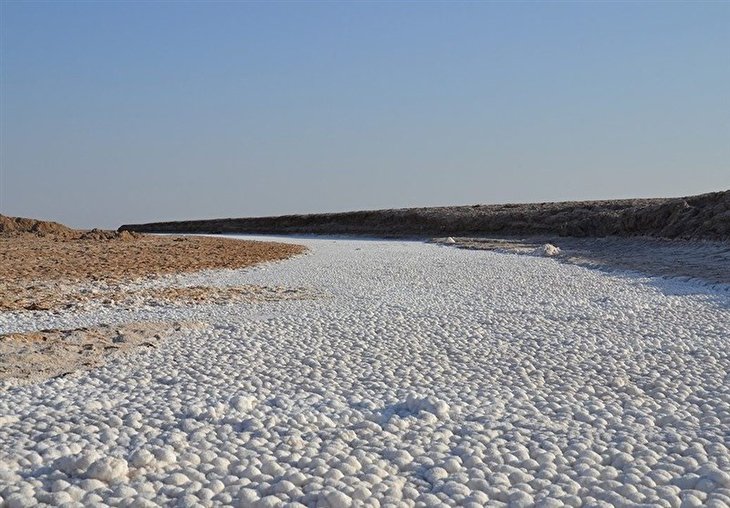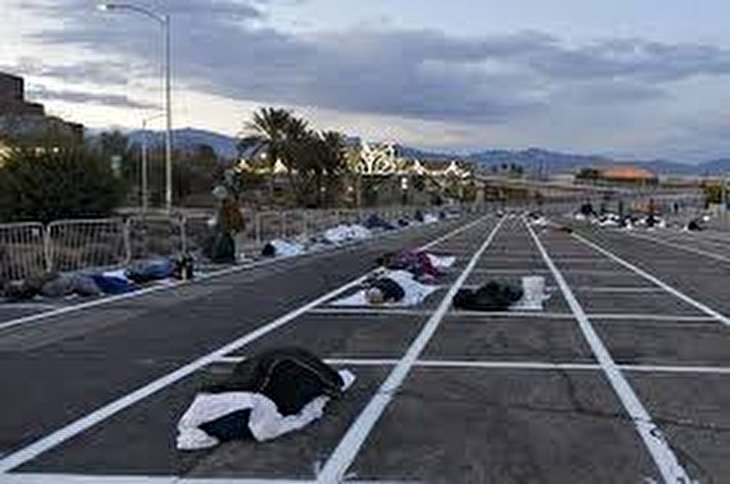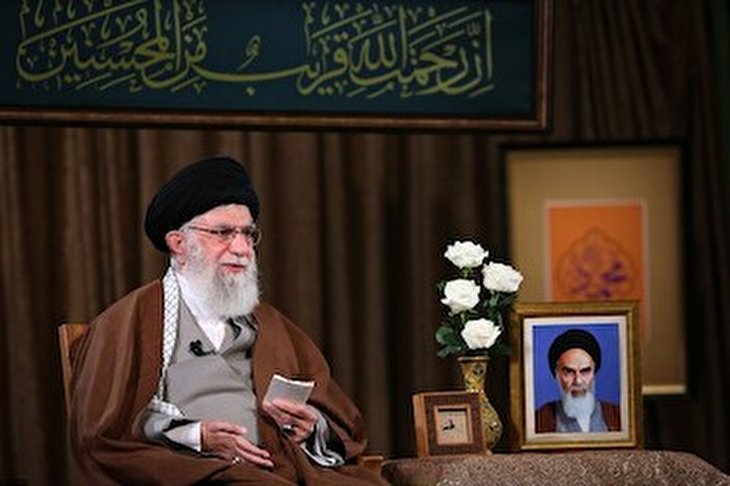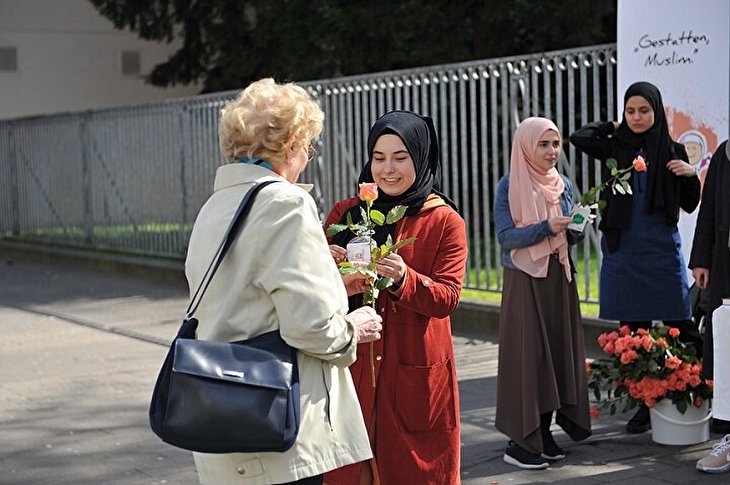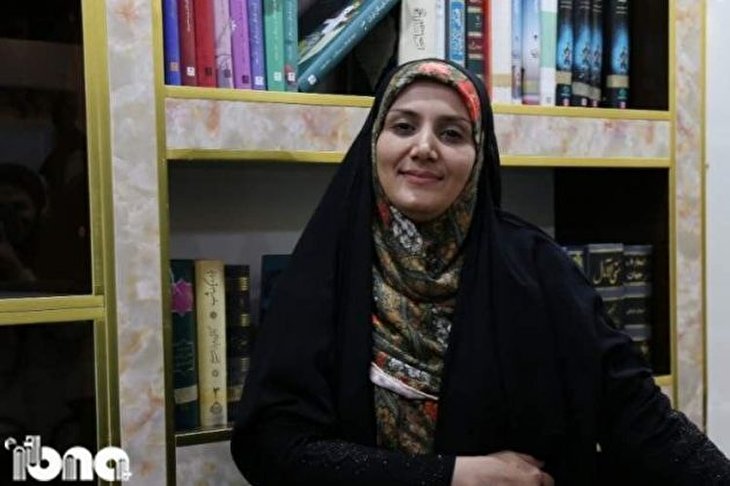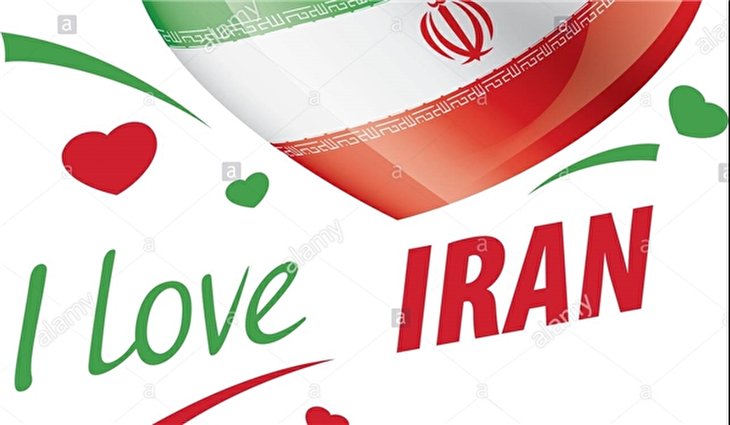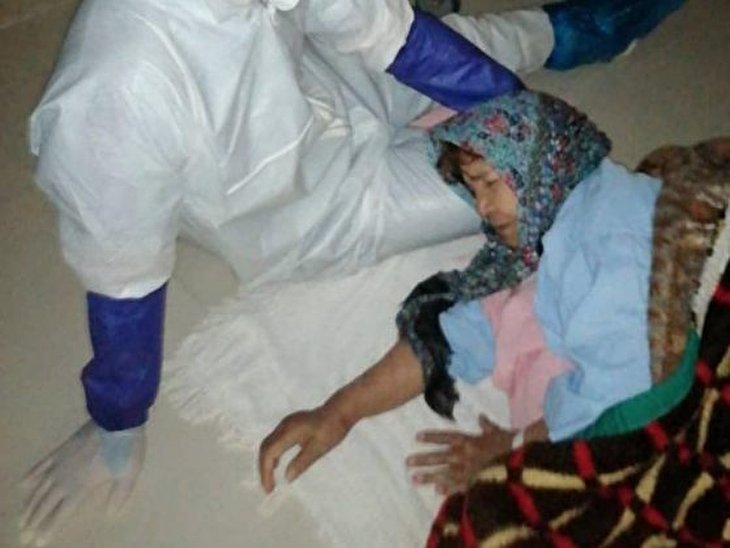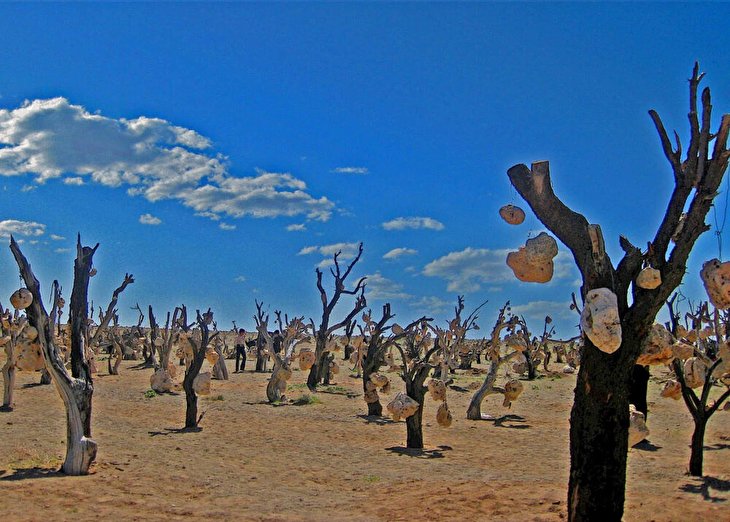
An efficient economic system necessary for a new Islamic civilization: expert
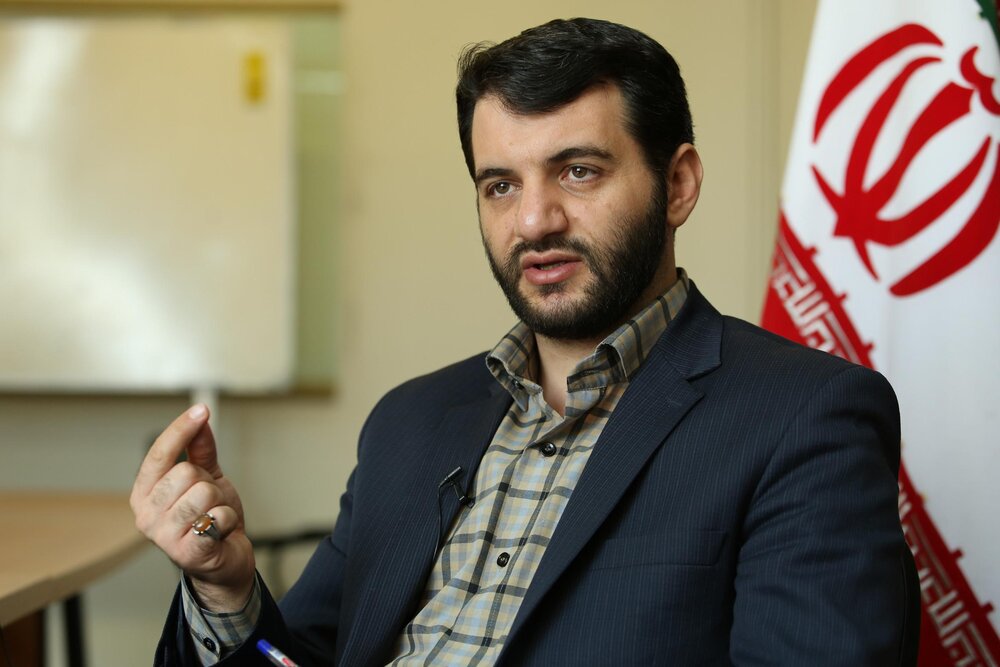
Economist and university professor Hojjatollah Abdolmaleki, in an interview with the Tehran Times, said the Leader’s emphasis on "production" in recent years is mainly rooted in the fact that in the country’s goal of creating a new Islamic civilization is through strengthening the national economy and creating an efficient economic system.
Below is the full text of the interview.
Every year, on the first day of Noruz, the Leader of the Islamic Revolution addresses the nation and assigns a specific name to the year. What is the purpose and philosophy behind choosing a specific name for the year?
As the Leader of the Islamic Revolution, Ayatollah Seyyed Ali Khamenei is looking for the establishment of an Islamic system. Systematization is a process that requires institutionalization and cultural evolution. One of the measures taken by the Leader of the Islamic Revolution yearly to prepare the bedrock for systematization is naming the years. By naming a year with a specific pivot, more attention will be paid to certain features of the goals behind that pivot and all executive branches of the government, elites, scientists, and the public will acknowledge the importance of the issue.
The Leader always explicates the main conceptual specifications of every issue. Then scholars and scientists of the country study those specifications to explain the goals and outcomes of every issue. Meanwhile, the executive branch of the government tries to plan its future actions accordingly. The legislative body of the government, also, tries to revise existing regulations according to the new issue or pass new laws if needed. Finally, relevant institutions will try to inform the public of different characteristics of the issue.
Therefore, naming the years is a clever and scientific strategy to lead the Iranian society step by step towards the favorable Islamic system and to prepare all the factors which are going to be crucial and effective in that ideal Islamic system.
Each year has a different name. Are these names connected or should they be analyzed separately?
Each year’s name is related to the past. Each name is like a piece of a puzzle and these pieces collectively make a bigger picture. So there is a precise direction in naming each year which acts as the plot that interconnects all the names. The Leader of the Islamic Revolution, since the first year in which the process of naming the year started, has chosen the names in an order that illustrates a certain transcendental goal once you analyze the names collectively.
During several past years, the names chosen by the Leader of the Islamic Revolution have been related to the economy. When you study the names, you will realize they are small parts of a big economic plan which all together, will help us move towards creating an ideal functional economic system. In fact, the concepts considered by the Leader (e.g. boost in domestic production, improvement of consumption patterns, innovation and prosperity, flourish in production, and surge in production) all together form the structure of the aforementioned ideal economic order. The Leader’s emphasis on the category of "production" in recent years is mainly rooted in the fact that in our path towards creating a new Islamic civilization, the most important challenge to overcome at the moment in the country is the strengthening of the national economy and creating an efficient economic system.
Therefore, the concepts behind these names alongside each other illustrate the perfect picture of a convenient economic order.
As an economist, what's your idea about the importance of "production" in economic empowerment? Given the fact that our country has been under suffocating international sanctions for over four decades, isn't the expectation of a production leap rather unrealistic?
First of all, in every country which endeavors to achieve development, the element of "production" is the most significant factor in economic planning. Production is also vital to the "resistive economy". In a resistive economic strategy, production is the fundamental factor for economic growth. Production has very serious effects on obtaining economic goals in every country. Production results in the abundance of merchandise in an economy, meaning the people of the country, industries, and all economic activists including the final consumer and production units can find whatever they want in the market. This is the first influence of production growth.
The second influence is the containment of inflation. The most effective method to control or reduce the inflation rate is the production growth which can even end up in price reduction.
The third influence of production growth is the reduction of the countries' dependency on foreign merchandise and consequently reducing the demand for foreign currency. Through this strategy, the impacts of financial and bank-related sanctions against a country will decrease.
The next influence of growth in production is the increment of job opportunities which results in the increment of revenue and welfare of the society.
The last but not least influence is the increase of states' revenues from taxing without increasing the taxes. This has two effects: first, for economies like what we have here in Iran, it will decrease the dependency of the government on revenues from selling oil, and second, it will expand the governmental services and increment of public welfare.
To sum up, strengthening national production will result in public welfare for citizens and economic authority for the country on a global scale. So, the "production" is considered as a fundamental factor in economic planning and when we analyze the national and international economic status of more developed countries of the world which hold an economic hegemony or authority in global level, we realize there has been a substantial program in fields of production. They have empowered their national production and consequently increased public welfare and economic power internationally.
Strengthening domestic production requires various infrastructures. Our country has been struggling to make its way through uncountable impossible-to-defeat challenges to establish these infrastructures for more than 40 years. What's our status today? Do we have those infrastructures?
First, I should point out that we had a relatively good advancement in the "flourish of production" which was last year’s name. Even though our revenues from selling petroleum reduced and our oil-oriented economic growth rate was negative, the economic growth rate of Iran was positive last year. This means that our real production rate in sections like agriculture, industries, and services increased and we got past the economic depression of previous years.
So, it is true to say that the prosperity of production began last year. But, as the Leader mentioned in his new years' speech, this prosperity was limited and Iranian people didn't feel its influence in everyday life. That's why the current year was named "Surge in Production" which one of its results is a sensible effect in public livelihood so that people feel the economic conditions are getting better.
The surge in production certainly needs infrastructures and some factors. Fortunately, Iran is one of the few countries in the world which has all the infrastructures and factors required for strengthening the production (or even a surge in production) at its disposal. Ironically, our main problems are privative, meaning the obstacles which exist in our way to boosting production rate. By removing these obstacles, we achieve the production leap.
I want to briefly talk about the infrastructures and capacities of production in Iran. Hardware-wise, production requires five factors. The first factor is the market. The second factor is the workforce. The third is knowledge and technology. The fourth factor is capital, and the fifth factor is natural resources. If a country would possess all these factors, it has a phenomenal capacity for production. Our country is rich in all those factors.
As of market factor, we already have a population of 84 million which means a huge ipso facto market. We also have 15 neighboring countries with a population of over 400 million people. These countries, collectively, spend $2 billion on different merchandise and services of which, $1.2 billion are imported from other countries. Iran can be one of the good exporters to these neighboring countries because, first, for most of these countries, Iranian merchandises are well qualified enough and second, most of these countries are culturally close to us. For example, most of our neighbors did not/will not acquiesce to sanctions programs against us. This means our domestic and regional market is a rich one and no matter how much we produce; the market exists out there.
As of the workforce, our country possesses over 40 million young workforces of which, 15 million are academically educated and account as expert workforces. This gives us a high capacity for production.
In the science and technology sector, Iran is a leading country in the field of new technologies in the region or as in some cases, in the world. We have 100,000 university professors who can run knowledge enterprises and perform activities in the technology sector. We also have more than 4,600 active knowledge enterprises in Iran which almost have produced any merchandise they have been ordered to produce. Many of these enterprises are producing productions that only one or two countries are capable of producing in the world. These knowledge enterprises and the technological power in Iran which has been flourishing since not long ago have proved there are no dead-ends in fields of technology and technical skills in the country.
As of the capital, we have over $550 billion of liquidity of which, if only one third would be directed towards the production, causes a production blast rather than a production leap. So we don't even need foreign investments to boost production and there is enough cash flow in the country to achieve that goal.
As of the natural resources, Iran is a very rich country. Iran, alone, possesses natural resources equivalent to a group of European countries combined. Iran is three times bigger than France in the size of the land. The land is an important element for production. As of geographical location, Iran is located on the 30th parallel north which is considered as the best agricultural climate in the world. We have rich sources of groundwater, surface water, and precipitations and also deep waters which are recently being studied. We have 40 million hectares of fertile agricultural land for traditional agricultural methods and if we use modern agricultural methods, the entire width of Iran can be used for agriculture. As of oil and gas which are the most important minerals and raw materials of the world, Iran is the richest country and ranks first among others for total oil plus gas resources. As of other sorts of minerals, except for a handful of minerals, all other resources exist in the country.
In terms of man-made infrastructures, Iran is in very good shape. Our roads network has expanded in every corner of the country interconnecting every rural and urban zone with appropriate routes. The ICT (Information and Communications Technology) network is desirably developed all over the country. The energy network is well expanded. Every populated area enjoys an electricity network and most of the villages in the furthest corners of the country have access to gas networks. In sum, all of the necessary infrastructures for boosting the production are favorably developed across the country since the Islamic Revolution in 1979.
So, it is true to say we have extensive land which is armed and has all the requirements of the production leap at its disposal. It means we have everything we need to boost high-quality production on a global scale and the main challenge to achieve that goal is removing the obstacles in the way of becoming an international economic power. Once these obstacles are defeated, an economy, in essence, tends to increase the production rate.
So if everything is ready, if all factors are gathered right here right now, why we can't feel a sensible change in approaches towards the production process? The statistics even imply a considerable decrease in the production rates within the last few years. You even argued that growth in the production rate will dramatically decrease the impact of different international sanctions. What part of the government is responsible for eradicating those obstacles mentioned above?
After the Islamic Revolution of Iran, the real production growth rate is multiplied by 16.4 which means we have moved from $100 billion of PPP (Purchasing Power Parity) in 1979 to $1,650 billion of PPP in 2019. This is while our population has multiplied by 2.8 and this means that real per capita production rate in Iran is now 7 times more than before the Islamic Revolution. This is a rare growth that is distinguished once compared with a country like the United States which over the same period, had its per capita production rate multiplied only by 2. It is a true argument that the U.S. has more population than Iran and its two-times growth worth more than our seven-times growth, but our growth ratio during the past 40 years has been significant and we expect it to increase.
We may see less emphasis on the production empowerment during the last few years. One reason is that those who are responsible for the lubrication of the production process, especially in the executive branch of government, have focused way more on foreign interactions and political exchanges with western countries than activating domestic capacities for production. This approach drew the attention of economic activists away from the domestic capabilities of the country in the fields of production.
Authorities of Iran have been engaged in nuclear negotiations with different countries of the world since 2003. From 2004 to 2013 the production process was not marginalized by intense nuclear negotiations and moved progressively forward parallel to diplomatic negotiations and interactions. But, unfortunately, since 2004 on, more than 90 percent of countries' power was dedicated to negotiations and we fell short of power to strengthen domestic production. Those negotiations finally resulted in The Joint Comprehensive Plan of Action (JCPOA) which didn't last long and had no positive effect on production units.
What role each part of the government should play to boost the production rate?
Various entities have different responsibilities. Central Bank and the banking network of the countries' responsibility is directing the heavy mass of liquidity towards production. The responsibility of the Ministry of Industry, Mining, and Trade is regulating the trade policies; partly to manage and control the importations, and partly to empower the exportations. This ministry is also responsible to provide the infrastructures necessary for production and lifting the bureaucratic obstacles in the way of increasing the production rate which is almost the most important obstacle amongst all for entrepreneurs. The Ministry of Economic Affairs and Finance is another part of the executive body of the government which accounts for removing those obstacles (which most of them are solvable merely by signing an order on a paper). The Presidential Deputy for Science and Technology is another effective entity in this process which fortunately has been very positively active in recent years both in reinforcing the technology in the country and canalizing those technologies toward production. The taxation system of the country must try to lift the burden of taxation pressure off the shoulders of the real production activist who mainly have a clear tax file. Taxation pressures should be focused on the part of the economy that doesn't produce value-added. (e.g. capital gain tax, etc.)
What role does society play in the realization of the goals set forth by the Leader of the Islamic Revolution every year?
There are two main role-players in a resistive economy: state or government, and people as the main body of society. These two form the foundations of the resistive economy. The main task of government is planning and providing the infrastructures, but those plans will go no further than papers and books if the society would not act accordingly. Indeed, the government acts as the brain and operational arms are the people. For example, investments are conducted by the body of society. It is also the same about working, selling, marketing, producing and this list goes on and on. The word "people" here means university professors, workers, engineers, families, etc. For a country that is seeking to achieve a production leap, it is crucial to have a pure and unmixed public opinion and a culture consonant with this goal.
The members of the society, also by purchasing national productions, can accelerate the progress. Those who produce merchandise or prepare services are responsible to increase both the production rate and quality of the productions.

